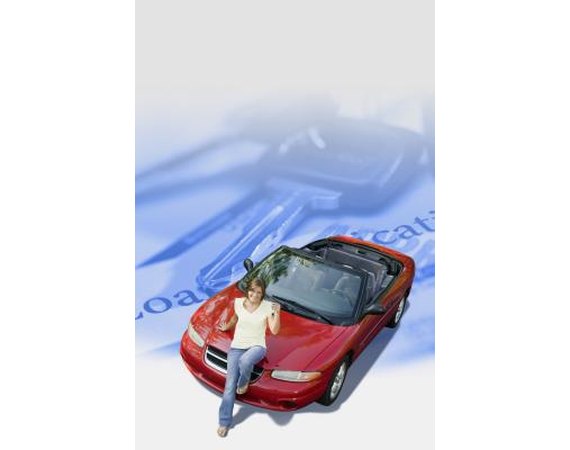
The impact that credit scores have on financial life can make it seem as though bad credit closes the doors to many opportunities. Bad credit is not the end of the world, but until credit is repaired, compromises are usually necessary, especially when it comes to financing a vehicle. Qualifying for auto financing with bad credit will take some work, but it is far from impossible.
Instructions
- 1
Order a copy of your credit report. Credit reports are available online from a variety of sources. While you may already know that your credit is less than perfect, a review of your credit report will let you know exactly what you are working with. This review also gives you the opportunity to look for and correct any erroneous reporting.
2Understand your credit score. Credit score numbers range from 300 to 800, where 300 is poor and 800 is excellent. Scores lower than 620 are viewed as high risk, and lenders refer to scores in this bracket as subprime. Subprime auto loans almost always have higher interest rates and require a down payment, co-signer and/or trade-in vehicle to qualify.
3Recruit potential co-signers. Friends or family members with good credit history may be candidates to co-sign on your auto loan. A co-signer applies for financing with you, and his good credit could help you qualify for a lower interest rate. Keep in mind that co-signers share legal responsibility for repayment of the loan, so if you go into default, the co-signer will be held liable.
4Review financing options. Search online for car dealerships in your area. Some dealers have financing departments dedicated to buyers with credit problems. Independent "buy here, pay here" dealers provide in-house financing without the traditional finance qualification process, and these can be a solid option if your credit is extremely bad. You may also be able to secure your own financing online.
5Assess your budget. Consider that subprime auto loans can have interest rates up to 25 percent. This can drastically increase the total price you pay for the vehicle. Bad credit leaves little room for interest rate negotiation, so plan to provide a trade-in vehicle or substantial down payment to make your monthly payments affordable.
6Contact dealerships that offer programs that could meet your needs. Explain your credit situation, tell them what you can afford and what you can offer as a down payment. If you have a vehicle for trade, ask what they will offer for it. Keep notes about what each dealership can do for you.
7Choose the dealership that offers a financing plan that best meets your needs. If only one offers you financing, the choice is easy. If multiple dealers can finance you, choose based on vehicle selection, interest rate, loan term and payment schedule. Bring your driver's license, down payment, trade-in vehicle, proof of insurance and co-signer to the dealership. Take your vehicle of choice on a test drive, then sign the financing contract.



























